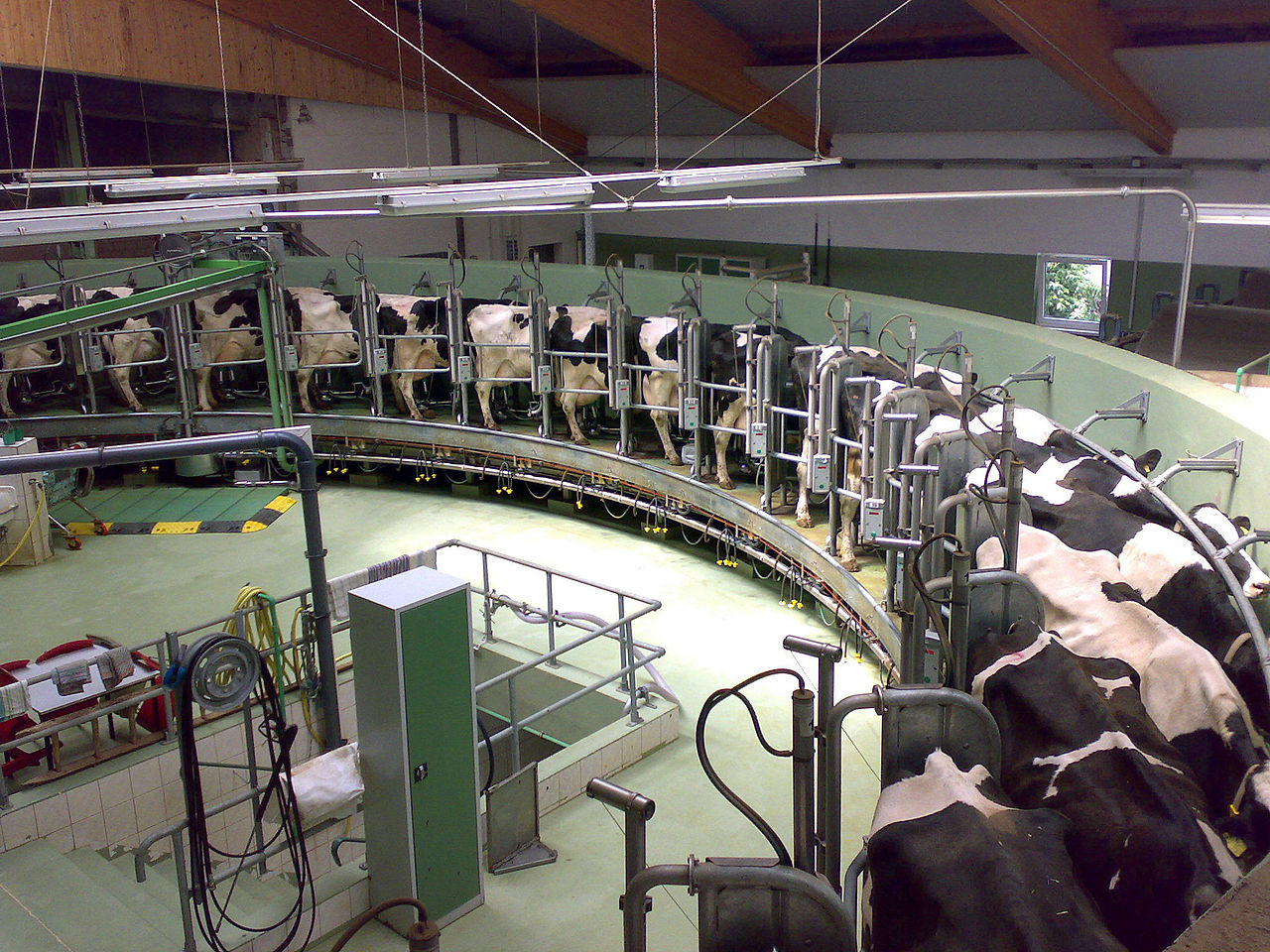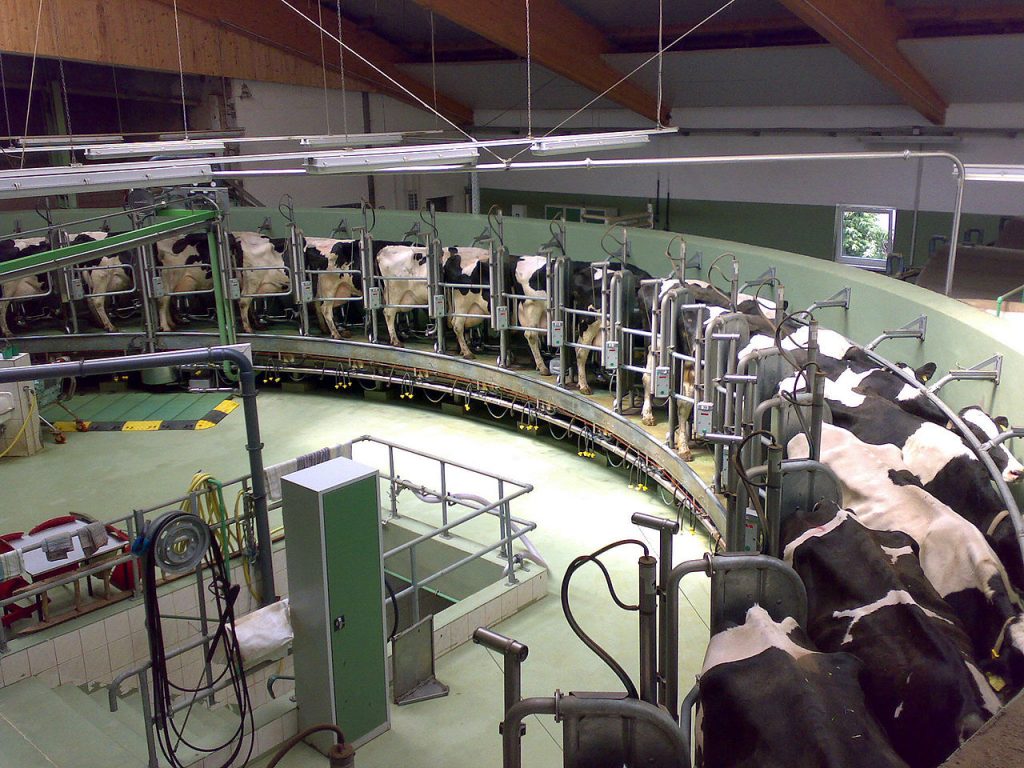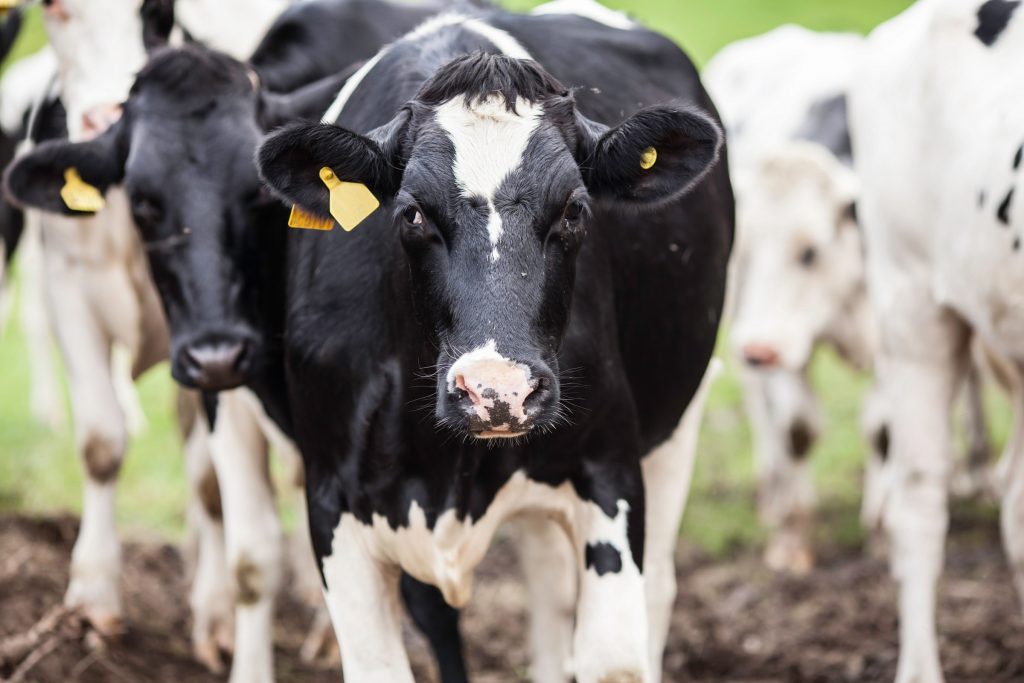Dairy producers have a lot on their minds this year, according to industry experts.
In a presentation titled “The Changing Landscape of Dairy: Regional Perspectives” at the 2018 Heart of America Dairy Expo in Springfield, Mo., Mark Stephenson, director of dairy policy analysis at the University of Wisconsin, explained what’s happening in the dairy industry is not always as it seems.
He cited one example as the decrease in Wisconsin’s milk production in the 1980s. Experts initially concluded the problem was with milk prices. However, hindsight showed a different story.
“It actually was a structural problem in the state, both at the farm level and the processing level,’’ Stephenson said, explaining California had much to do with the issue.
“California was coming on gangbusters,” he said. “They were producing a lot of milk and displacing markets that Wisconsin had had for decades.”
Today’s challenge in the dairy sector is though milk is still produced in all 50 states of the U.S., milk production is shifting — and not necessarily where it is needed.
“The problem with the dairy industry is that we’ve got to get our milk made into dairy products and those products have to meet customers where they are located,’’ Stephenson explained.
Enjoying our insights?
Subscribe to our newsletter to keep up with the latest industry trends and developments.
Stay InformedHe pointed out differences on maps where milk production occurs versus major U.S. population centers and explained the southeastern region of the U.S. is 41 billion pounds of milk net deficit.
“They’re making milk down there but there are only a couple little spots where they’re actually producing more than is needed,” he explained.
Northeastern U.S. is milk deficit
The northeastern U.S. is deficit about 8 billion pounds of milk, he added. The Midwestern region has a surplus of about 30 billion pounds, and the West also has surplus production. The challenge is getting milk from surplus areas to deficient areas.
“Milk production has been on the move for a long period of time,” he said, adding it has been moving west over the past few decades.
“This puts some strains on the dairy system that doesn’t always change quite as rapidly as milk production does,” he said.
Over the past couple years, California showed about 1 percent loss in milk production. Stephenson said this may not seem consequential but this is enough to shut down one large dairy plant. Missouri, on the other hand, has remained pretty steady in milk production.
The Southeast continues to become more milk deficient, which makes production more expensive as dairy infrastructure and support industries are lost.
But why is production shifting? Stephenson attributed the collision of the trends of increasing milk production per cow and increasing heat and humidity.
“When you take a look at where we’re losing milk production in the country, it’s in areas where we have both heat and humidity and our dairy cows are having a harder time achieving high levels of milk production,” he explained.
Increasing milk production per cow is a trend with an “inexorable climb,” he continued.
“We just keep moving up and up and up — almost a linear increase. Better breeding, better genetics and better management of cows — and we keep finding more. Our top-yielding cows in this country are now producing as much as 70,000 pounds of milk per year. I don’t see this trend running out of space to continue any time soon.”
Higher production, however, does have consequences.
Cows achieve higher production by being metabolically active, meaning they have more body heat to dissipate — a challenge in hot and humid climates like the Southeast.
Stephenson said average temperatures have climbed 1 degree Celsius and explained this increase has caused regional patterns of change. When heat builds up in an area, it tends to buckle the jet stream down, bringing cooler air into another region, he added.
So, what does this mean for milk prices?
In Michigan, a state where production has grown, milk is spilling out of the state to find processing homes elsewhere.
“That’s impacted premiums in a pretty negative way,” Stephenson said. In fact, premiums have actually gone negative — producers are being paid less than federal order minimums. Part of the customers we’ve discovered have not been local but have been export opportunities. It wasn’t until about 2005 that we really started getting pretty serious about exports.’’
Exports have been on the rise and imports have declined, but this also has implications, he said.
When the European Union stopped subsidizing milk exports, world prices came up. Major price drops, Stephenson said, have correlated to times when the U.S. has had a plateau or drop in exports.
“Exports have consequences,” he said, “so when we can’t export as much as we did before, that product stays home and it usually shows up first in stocks that start to build up and that pushes down our milk prices. Exports are great as long as they’re moving in the right direction.”
Dairy trade with Canada, however, has been complicated due to the country’s quotas.
“They can’t produce as much as they might want to because of the quota but they also aren’t going to allow it in the back door through imports,” Stephenson explained.
Shifting production areas taxing plant capacities are concerns, but Stephenson warned producers to keep an eye on trade.
“Exports are the thing that is moving our price level up and down. Exports are key. It’s not so much what’s been happening locally or right here. It’s exports that are the big deal for us,’’ he said.























